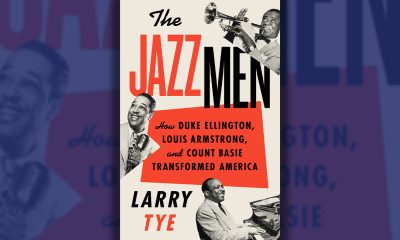Black History
James Van Der Zee: Black Photographer Who Chronicled Harlem’s Heyday
James Van Der Zee (1886–1983) would have two careers in photography: locally, as Harlem’s photographer during the 1920s and 30s, and nationally, when his works from the same decades were featured in the exhibition ‘Harlem on My Mind’ at New York’s Metropolitan Museum of Art.
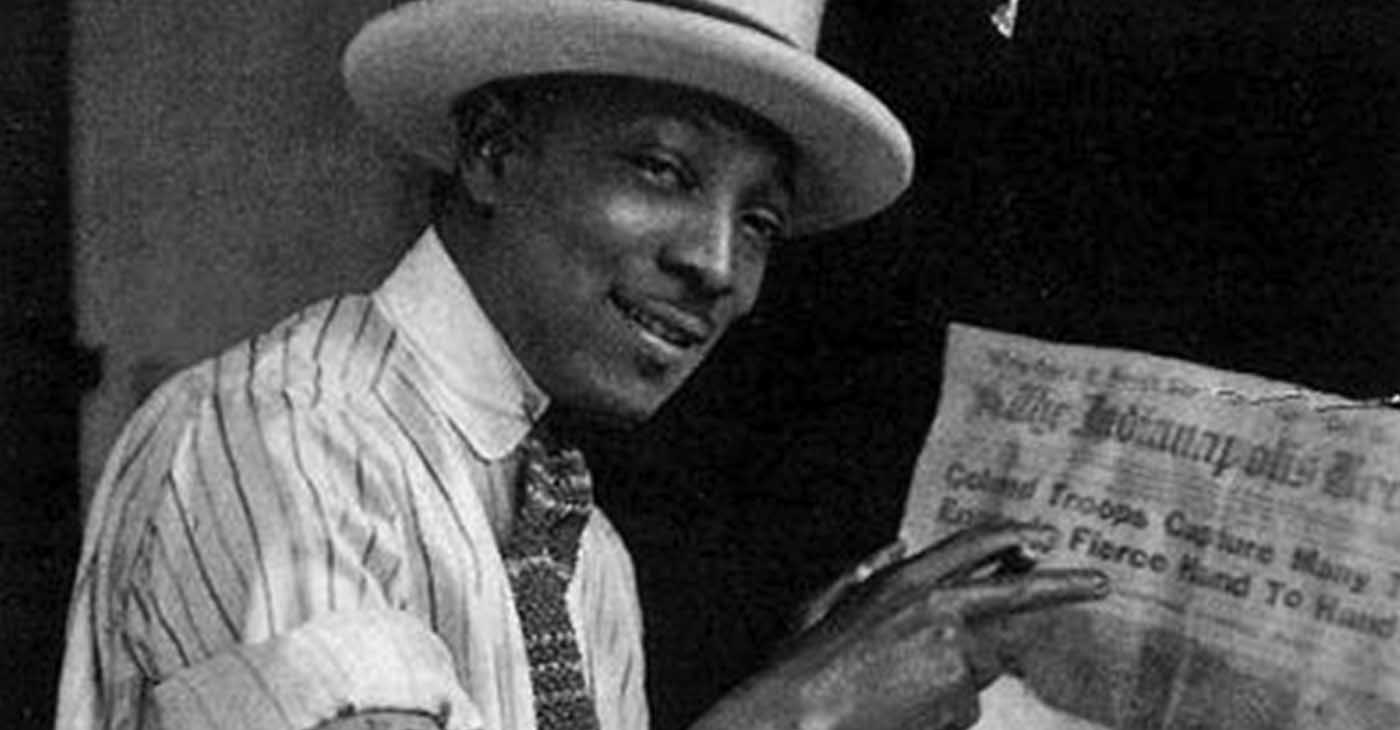
By Tamara Shiloh
James Van Der Zee (1886–1983) acquired his first camera at about age 14. He’d won it as a premium for selling pink and yellow silk sachets. He used the small box camera to photograph anyone who could sit long enough for a portrait.
In a short time, he had taken hundreds of photos, making him the de facto town photographer. Each picture incorporated his own distinctive flair.
Earlier though, Van Der Zee, born in Lenox, Massacxhusetts, had expressed an interest and talent in music and aspired to a career as a violinist. In 1906, he relocated to New York City with his father and brothers. Skillful at both the piano and violin, he formed the group The Harlem Orchestra. Still, his heart was in photography.
Around 1909, he found work as a darkroom assistant at a small department store concession. Six years later, he relocated to Newark, New Jersey, where he worked as a darkroom assistant and then as a photographer in a portrait studio.
That was his break, but in an unexpected way. He knew it was time to leave when he was told by his boss that no one wants his or her photo “taken by a Black man.” So, in 1916, he returned to Harlem and opened his own portrait studio at a music conservatory on 135th Street founded by his sister, Jennie Louise. VanDerZee was on the brink of becoming the most successful photographer in Harlem.
Harlem’s population was booming and works of African American artists of all genres were being noticed. Uptown residents wanted portraits, and VanDerZee began to photograph schoolchildren, church groups, wedding couples, funerals, organized parades, and legendary figures of the Harlem Renaissance.
Two years later, Van Der Zee opened the Guarantee Photo Studio in Harlem. Through photographs, he chronicled Harlem residents and their celebrations and continued for the next 40 years.
Van Der Zee would have two careers in photography: locally, as Harlem’s photographer during the 1920s and 30s, and nationally, when his works from the same decades were featured in the exhibition ‘Harlem on My Mind’ at New York’s Metropolitan Museum of Art.
The economic strains brought on by the Great Depression (1929–1941) caused Van Der Zee’s income, as well as that of his customers, to decline.
The popularity of personal cameras had increased, directly affecting the need for studio photography. For the next two decades, he shot passport photos, did photo restorations, and took on miscellaneous assignments. But another door would soon open.
In 1967, photographers and photo historians rediscovered Van Der Zee’s works. His images were on display in nationwide exhibits as well as being the subject of books and documentaries. Van Der Zee then came out of retirement to photograph the celebrities promoting his work.
Some critics felt that there was no place in an art museum for Van Der Zee’s photos. Still, the rediscovery made him famous. In 1993, the National Portrait Gallery exhibited his work as a posthumous tribute to his genius.
Read more about James VanDerZee with your children: “Take a Picture of Me, James Van Der Zee!” authored by Andrea J. Loney with Keith Mallett as the illustrator.
Black History
Book Review: ‘The Jazzmen: How Duke Ellington, Louis Armstrong, and Count Basie Transformed America’
Your toes didn’t wait long before they started tapping. They knew what was coming, almost as soon as the band was seated. They knew before the first notes were played and the hep cats and jazz babies hit the floor to cut a rug. Daddy, it was the bee’s knees but in the new book “The Jazzmen” by Larry Tye, if you were the Sheik on the stage, makin’ cabbage wasn’t all that swank.
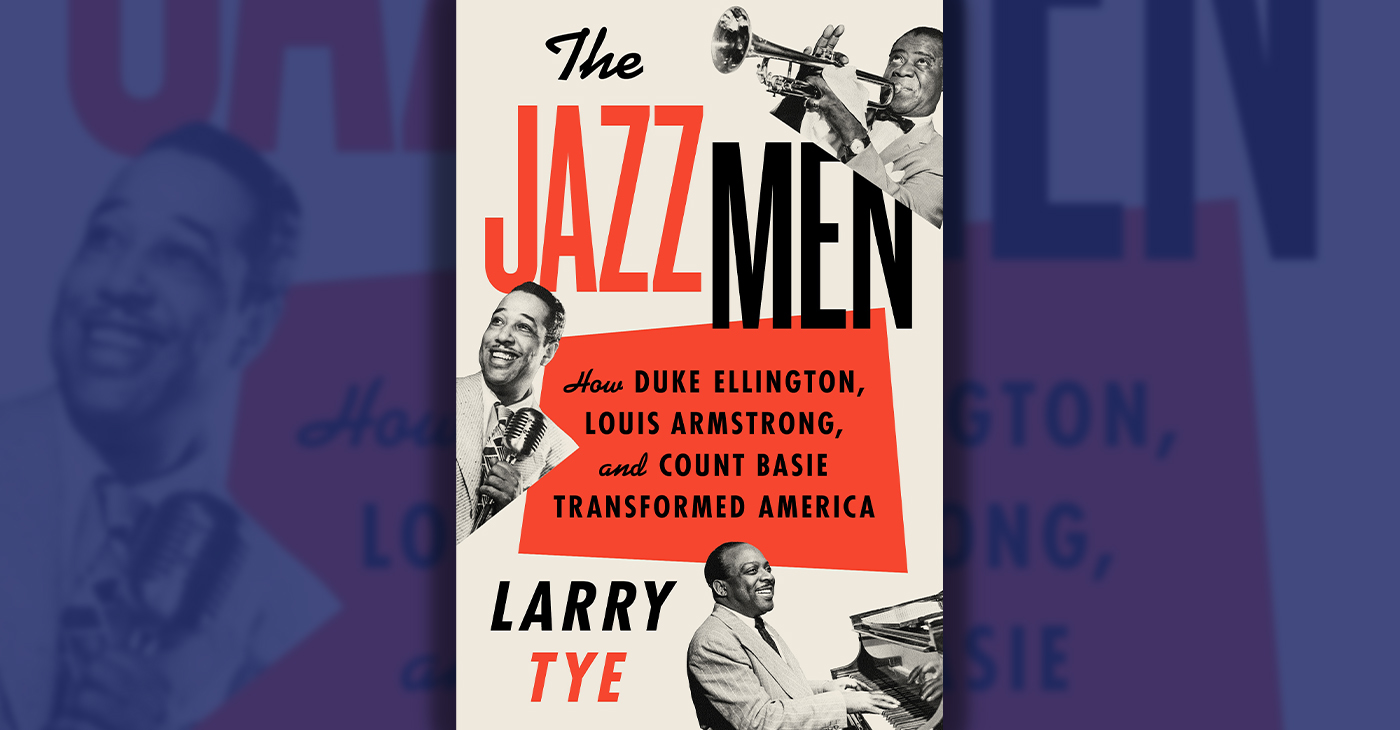
By Terri Schlichenmeyer
Your toes didn’t wait long before they started tapping.
They knew what was coming, almost as soon as the band was seated. They knew before the first notes were played and the hep cats and jazz babies hit the floor to cut a rug. Daddy, it was the bee’s knees but in the new book “The Jazzmen” by Larry Tye, if you were the Sheik on the stage, makin’ cabbage wasn’t all that swank.
Louis Armstrong was born in 1900 or thereabouts in a “four-room frame house on an unpaved lane” in a section of New Orleans called “Back o’Town … the Blackest, swampiest, and most impoverished” area of the city. His mother was a “chippie,” and the boy grew up running barefoot and wild, the latter of which led to trouble. At age twelve, Armstrong was sent to the Colored Waif’s Home for recalcitrant Black boys, and that changed his life. At the “home,” he found mentors, father-figures and love, and he discovered music.
For years, Bill “Count” Basie insisted that he’d grown up with “no-drama, no-mystery, and nobody’s business but his,” but the truth was “sanitized.” He hated school and dropped out in junior high, hoping to join the circus. Instead, he landed a job working in a “moving-picture theater” as a general worker. When the theater’s piano player didn’t come to work one day, Basie volunteered to sit in. He ultimately realized that “I had to get out … of Red Bank [New Jersey], and music was my ticket.”
Even as a young teenager, Edward Ellington insisted that he be treated like a superstar. By then, his friends had nicknamed him “Duke,” for his insistence on dressing elegantly and acting like he was royalty. And he surely was — to his mother, and to millions of swooning female fans later in his life.
Three men, born at roughly the same time, had more in common than their ages. Two of them had mothers “who doted” on them. All three were perform-aholics. And, for all three, “Race … fell away as America listened.”
Feel up to a time-trip back a century or more? You won’t even have to leave your seat, just grab “The Jazzmen” and hang on.
In his introduction, author Larry Tye explains why he so badly wanted to tell the story of these three giants of music and how Basie’s, Ellington’s, and Armstrong’s lives intersected and diverged as all three were near-simultaneously performing for audiences world-wide. Their stories fascinated him, and his excitement runs strong in this book. Among other allures, readers used to today’s star-powered gossip will enjoy learning about an almost-forgotten time when performers took the country by storm by bootstrapping without a retinue of dozens.
And the racism the three performers encountered disappeared like magic sometimes, and that’s a good tale all by itself.
This is a musician’s dream book, but it’s also a must-read story if you’ve never heard of Basie, Ellington, or Armstrong. “The Jazzmen” may send you searching your music library, so make note.
Activism
Oakland Post: Week of May 15 – 21, 2024
The printed Weekly Edition of the Oakland Post: Week of May May 15 – 21, 2024

To enlarge your view of this issue, use the slider, magnifying glass icon or full page icon in the lower right corner of the browser window. ![]()
Activism
Oakland Post: Week of May 8 – 14, 2024
The printed Weekly Edition of the Oakland Post: Week of May May 8 – 14, 2024
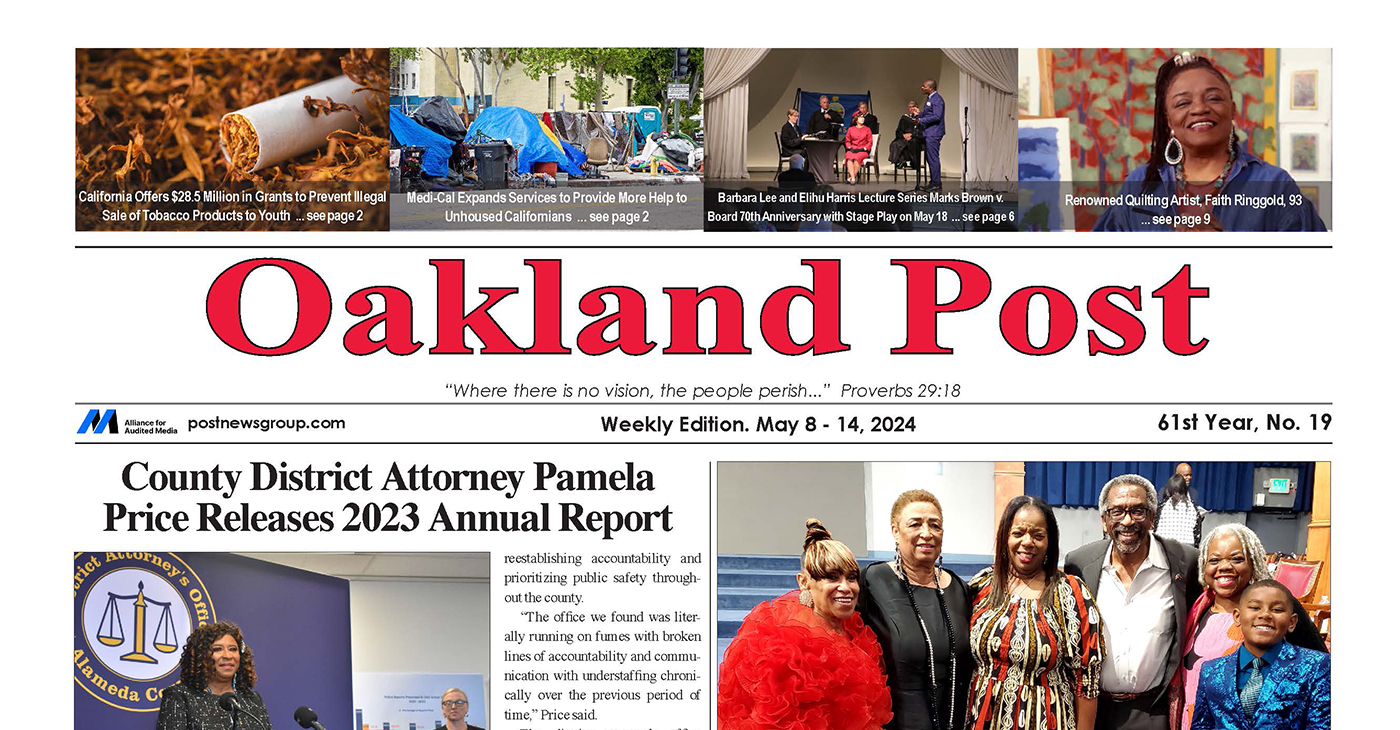
To enlarge your view of this issue, use the slider, magnifying glass icon or full page icon in the lower right corner of the browser window. ![]()
-

 City Government2 weeks ago
City Government2 weeks agoCourt Throws Out Law That Allowed Californians to Build Duplexes, Triplexes and RDUs on Their Properties
-

 Activism3 weeks ago
Activism3 weeks agoOakland Post: Week of April 24 – 30, 2024
-

 Community4 weeks ago
Community4 weeks agoOakland WNBA Player to be Inducted Into Hall of Fame
-

 Community4 weeks ago
Community4 weeks agoRichmond Nonprofit Helps Ex-Felons Get Back on Their Feet
-

 Alameda County2 weeks ago
Alameda County2 weeks agoAn Oakland Homeless Shelter Is Showing How a Housing and Healthcare First Approach Can Work: Part 1
-

 Community4 weeks ago
Community4 weeks agoRPAL to Rename Technology Center for Retired Police Captain Arthur Lee Johnson
-
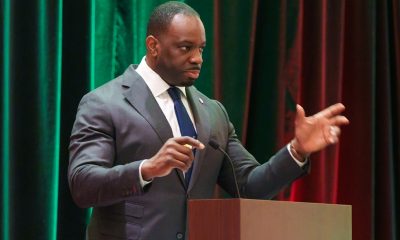
 Business4 weeks ago
Business4 weeks agoBlack Business Summit Focuses on Equity, Access and Data
-

 Bay Area4 weeks ago
Bay Area4 weeks agoMAYOR BREED ANNOUNCES $53 MILLION FEDERAL GRANT FOR SAN FRANCISCO’S HOMELESS PROGRAMS







